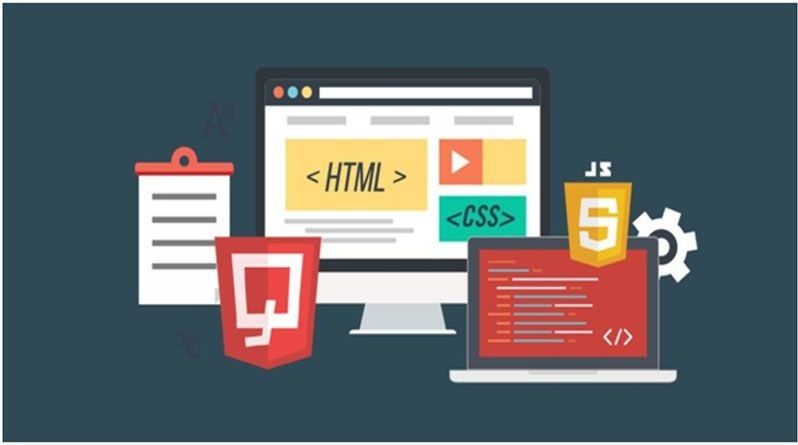In today’s fast-paced digital world, having a fast and responsive website is crucial to the success of any online business. Users expect websites to load quickly and function smoothly, and if a website is slow or unresponsive, users are likely to click away and look elsewhere. Front-end development plays a key role in optimizing website performance, and incorporating best practices can help ensure that your website is running at its best. In this article, we will explore some of the top front-end development best practices for creating faster websites.
Optimize Images
One of the biggest culprits of slow website loading times is large, unoptimized images. Images that are too large in file size can significantly slow down a website’s loading speed. To optimize images for the web, be sure to compress them without sacrificing quality. There are a variety of tools available that can help optimize images, such as Adobe Photoshop or online tools like TinyPNG. Additionally, be sure to specify image dimensions in your code to prevent the page from reflowing as images load.
Minimize HTTP Requests
Reducing the number of HTTP requests made by a website can greatly improve loading times. Combining multiple CSS and JavaScript files into a single file, as well as using CSS sprites for images, can help minimize HTTP requests. Additionally, consider using a content delivery network (CDN) to distribute website content across multiple servers, further reducing loading times.
Utilize Browser Caching
Browser caching can help improve website performance by storing static files locally in a user’s browser. This means that the next time a user visits the website, their browser can load the cached files rather than downloading them again. By setting appropriate cache headers in your server configuration, you can control how long browsers will cache files, improving loading speeds for returning visitors.
Optimize Code
Clean, efficient code can have a significant impact on website performance. Be sure to remove any unnecessary code, comments, and whitespace from your HTML, CSS, and JavaScript files. Additionally, minifying and compressing code can help reduce file sizes and improve loading times. Tools like UglifyJS and CSSNano can automatically minify code for you, making the process quick and easy.
Responsive Design
With the rise of mobile device usage, having a responsive website is more important than ever. Responsive design ensures that your website will display correctly on any device, regardless of screen size. By using CSS media queries and flexible grids, you can create a responsive design that adapts to different screen sizes, providing users with a consistent experience across devices.
Reduce Server Response Time
A slow server response time can significantly impact website performance. To reduce server response time, consider upgrading your hosting plan, optimizing database queries, and enabling server-side caching. By improving server response time, you can help ensure that your website loads quickly and efficiently for users.
Conclusion
By incorporating these front-end development best practices, you can create a faster, more responsive website that will keep users engaged and coming back for more. Optimizing images, minimizing HTTP requests, utilizing browser caching, optimizing code, implementing responsive design, and reducing server response time are all key strategies for improving website performance. By following these best practices, you can create a website that not only looks great but also loads quickly and provides users with a seamless browsing experience.
